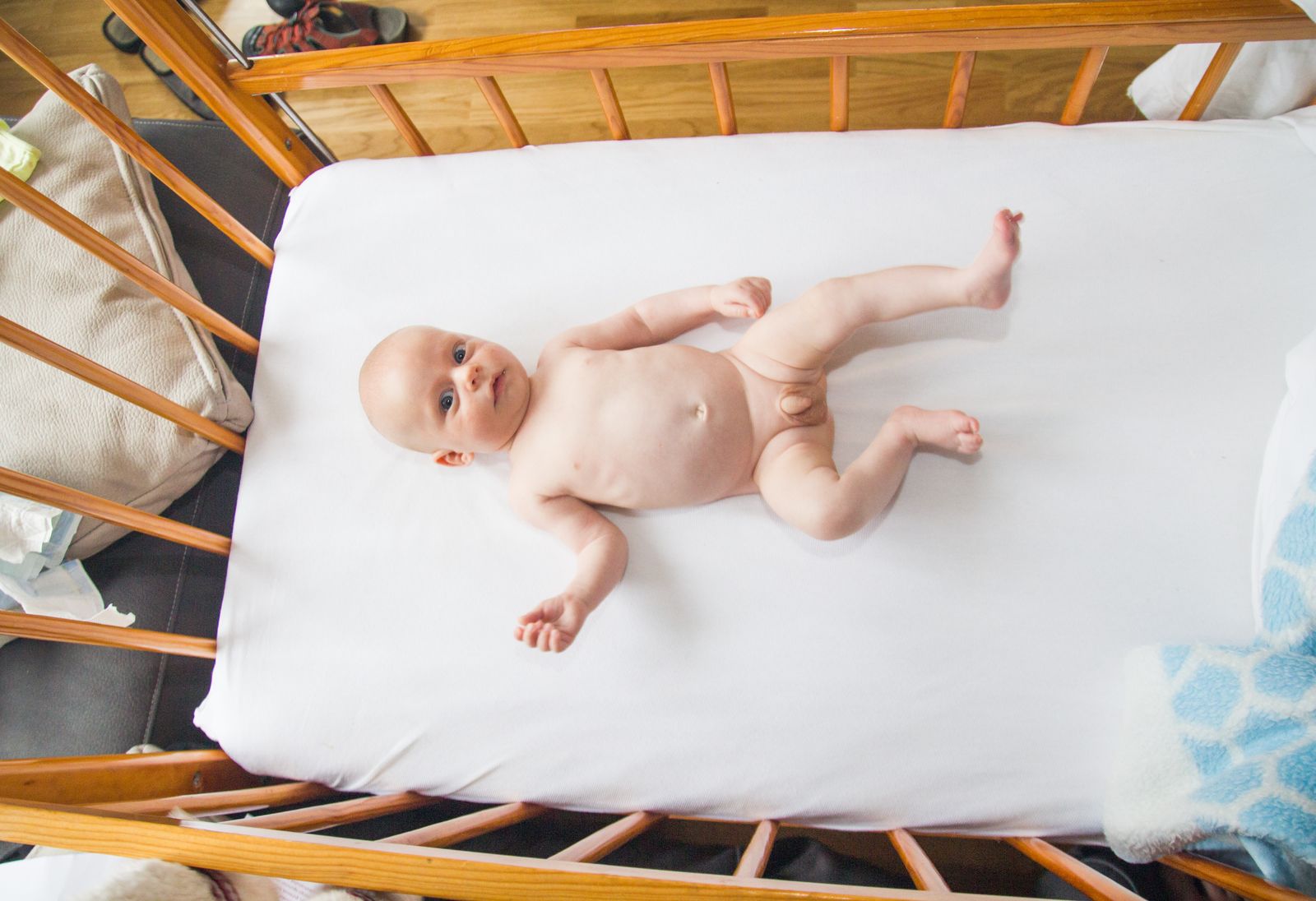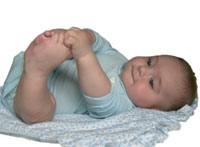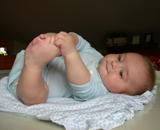"Many bet on names without gender marks"
- To explain how the names reproduce the current gender system of two, the Feminist Meeting Session Iraola Urkiola brings to agreement the words of the Beasain journalist and anthropologist Idurre Eskisabel Larrañaga. As Eskisabel says, "in everyday life, nomenclatures create women and men."
According to Iraola, there is a limitation to the naming of both. Leitzarra is a member of the working group set up to work on the practical guide "Name and Being in Doubt". This work was presented at the cultural center of Itzubaltzeta/Romo last Monday, March 6.
Where does the need for such a practical guide come from?
About four years ago, a concern arose among our militants: when they were mothers, they were putting obstacles in the way of registering names that until then had not been a problem. On the one hand, we decided to make this practical guide to reflect on the names. On the other hand, we wanted to know what the regulation of names of people is, to know what strategies we could share in the face of it, to deceive the law.
Some names discriminate on the basis of sex.
Language helps us to interpret a reality; it is an indispensable tool in the development of identities or identities, as the name is. At the same time, it is adapting to the times. Thus, the names of people have a double function: they serve to designate the individual, but at the same time they serve to position that individual in the public or in certain specific social networks.
What are the strategies you mentioned earlier?
The names give us sexual gender information. I am called The Session; this makes it clear whether I am a woman or a man. In this sense, the female-male binomial is reinforced by the names. In this way, we have received different options or strategies to overcome the nomenclature by sex and to be able to give the newborn a name that he likes in the practical guide "Name and being in doubt". The Academy recommends that the names ending with vowels and consonants i, o, u should initially be for men, with exceptions; and those ending with a and e should be for women. Faced with this situation, one possibility is to justify that what we want to put is fictional or the name of a character. For example, the word 'Mare' means sea in Norwegian; some parents argued that it is a character from local tales to put on their child. In this connection, 'Mar' has always been used to refer to women, although it ends with vowels o. Well, to put it on a boy, his father and mother proved that it's the name of a town in Navarre: I'm waiting for you. Using toponymy is also one of the options.
What is another option?
The third option is to demonstrate through the National Institute of Statistics that names such as 'Snow', 'Aratz', 'Joar' or 'Amaiur' have been used for both girls and boys. On the other hand, the names are often left in the hands of the registry official; many go to the neighboring village because the local worker is more open. In the meantime, many bet on names without gender marks.
This interview has been published by Triuka and we have brought it to LUZ thanks to the license CC-by-sa.
Bai, bai, holaxe. Ez naiz harago joatera menturatzen. Pleonasmo bat dela? Tautologia bat agian? Baliteke, baina egia-oste deitzen dioten garai honetan, oinarri-oinarrizko egitateak beharrezkoak dira. Begira, bestela, “Ez da ez!” lelo indartsuari. Bagenekien hori... [+]
Euskaltzaindiak 2001etik aurrera sexuaren araberako bereizketa finkatu zuen izenetan baina IKAren Deklinabidea aplikazioa garatzen ari nintzela salbuespenak badirela konturatu nintzen. Badaude Euskaltzaindiaren gizonezkoen eta emakumezkoen ponte-izenen zerrendetan, bietan,... [+]
Euskaltzaindiak adierazi du aurki Ministerioarekin euskal izendegiarentzat “bestelako bideak asmatzeko” harremanak hasi nahi dituela.
Abuztuaren 1eko Teleberrian ARGIAren azken aldizkarian argitaratu dugun euskal izendegiari buruzko erreportajea eta analisia izan dituzte hizpide. Etxean semearen izenarekin bizi izan dugun kasuari buruzko albistean, Euskaltzaindiko kide batek aitortu du izendegia sortzeko... [+]
“Izena eta izana ezbaian” gida praktikoa aurkeztu dute Bilgune Feministak eta Emaginek. Euskarazko izendegiaren binarismoaren inguruko gogoeta piztu nahi dute.
When it was already a choir, we came up with the idea of the Queer theory, not so long ago, and it promoted debates among friends. Young friends told us that the sexes aren't just two, they're a blast. We, on the other hand, are two, from the point of view of their role in... [+]
Kontsulta jarri beharko dut martxa honetan. 2007ko urrian erreportajea idatzi nuen Hego Euskal Herrian jaioberriaren izenaren sexuarekin eta grafiarekin dauden arau zorrotzei buruz (malguagoak dira Iparraldean), eta oraindik zalantzaz beteriko iruzkinak jasotzen ditu... [+]
- "Euskal izendegia. Ponte izendegia. Diccionario de nombres de pila. Dictionaire des prenoms" liburua aurkeztu zuen ostiralean (14) Euskaltzaindiak, Eusko Jaurlaritzako Justizia Sailaren babesarekin. Bertan, 2.264 izen jaso dituzte bakoitzaren azalpen eta guzti... [+]



















